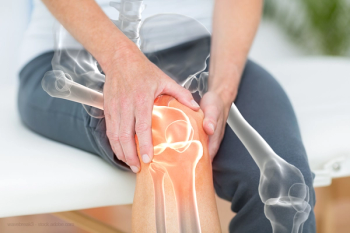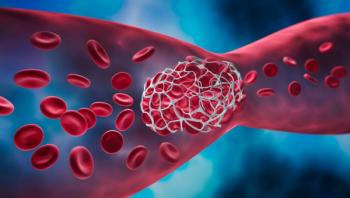
Study Highlights Poor Health Outcomes in Older Adults with Hemophilia
People with moderate or severe hemophilia had worse joint status, lower pain thresholds, and poorer quality of life compared with people with mild hemophilia or healthy controls.
Therapeutic advances in the treatment of hemophilia, particularly the introduction of prophylaxis using recombinant factors, have greatly reduced bleeding and improved the lives of patients. This advancement has also increased life expectancy, making it comparable to the general population. Accordingly, healthcare providers are seeing more older adults with hemophilia, including those who are living with comorbidities such as joint pain and functional limitations.
In people with severe hemophilia A,
To gain a better understanding of these issues, a group of researchers, led by
More specifically, the objective of this study was to compare the joint status, pain, and health-related quality of life (HR-QoL) between elderly individuals with mild hemophilia, moderate/severe hemophilia, and those without hemophilia (healthy controls).
To accomplish this, the researchers recruited 60 participants ages 60 years or older, including 40 adults with hemophilia A/B (23 mild; 17 moderate/severe) and 20 age-matched healthy controls. All participantsunderwent both ultrasound imaging and physical exams to identify and evaluate any abnormalities in the knees and ankles. Pain thresholds were measured at the knees, ankles, and forehead. Physical activity and movements were assessed via several functional tests, including a two-minute walking test. All participants also completed questionnaires to assess pain severity and health-related quality of life (HR-QoL).
The results showed that people with moderate/severe hemophilia had worse joint status, lower pain thresholds, and poorer quality of life compared with people with mild hemophilia and healthy controls. Joint abnormalities, pain, functional decline, and poor quality of life were also observed in some patients with mild hemophilia, but they did not significantly differ from the healthy controls. Ultrasound abnormalities were observed in the knees and ankles of nearly all participants with moderate/severe hemophilia. In comparison, ultrasound abnormalities were seen in 50% of knees and 61% of ankles in participants with mild disease.
The findings highlight the importance of addressing these health issues in older adults with hemophilia, including those with mild hemophilia. The authors wrote, “Based on the correlation analysis, pain and joint pain sensitivity were only lowly-to-moderately associated with joint status, as observed in adults with moderate/severe hemophilia. Considering the latter, findings encourage future research to address pain beyond a purely biomedical lens in hemophilia.”
Newsletter
Get the latest industry news, event updates, and more from Managed healthcare Executive.


















































